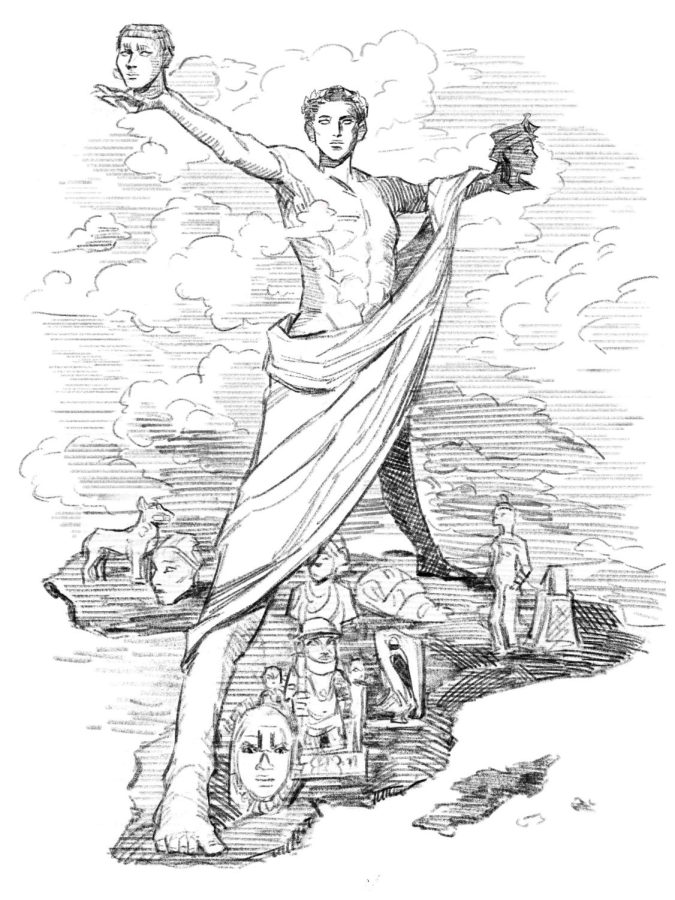Imperialism & Art Museums
March 12, 2023
Although developed countries and textbooks often portray imperialism as a centuries-old ideal, its legacy continues to plague many of today’s institutions, from the way we teach history to systemic racism and art museums. After the Black Lives Matter Protests of 2021, the focus on Eurocentric legacies in the art world re-intensified as activists called into question the justification of displaying controversial or culturally insensitive monuments and exhibits.
First conceived in the sixteenth and seventeenth centuries in Europe, art museums were not intended to serve as a source of entertainment or tourist attraction the way they do today. Museums served as places for the educated, enlightened upper classes of society to interact, a tool that cemented Western influence over much of the world [1].
The effects of colonization on art are especially prominent in Latin and South America, Africa, and the Middle East. For example, in 2018, French president Emmanuel Macron commissioned a report that found that over ninety percent of Africa’s cultural heritage was held in major museums outside the continent such as the British Museum. Criticized by human rights activists and experts alike, the British Museum is a collection of over eight million goods including artifacts such as the Elgin marbles, Hoa Hakananai’a, and the Benin bronzes, which were taken from Greece, Easter Island, and Nigeria respectively [2]. Furthermore, many museums were built upon the contributions of wealthy donors who benefited from colonialism, such as Hans Sloane, who funded the beginnings of the British museum with capital generated by his wife’s slave plantation [3]. The British Museum only displays an average of 80,000 works, meaning that much of these stolen artifacts are left to collect dust in storage [4]. Despite criticism, the Museum has refused to repatriate several significant artifacts, claiming that they were lawfully acquired [2].
Hence, despite museums’ amicable intentions of showcasing art to large audiences, they often do not accurately represent the diversity of their collections. In particular, museums frequently treat indigenous and minority cultures as ‘stories of the past’ rather than surviving lifestyles, or fail to properly preserve artifacts despite claiming that only certain countries possess the necessary wealth, resources, and safety precautions to do so [3].
The decolonization of museums involves more than returning stolen artifacts, however. Decolonization encompasses the rejection of white supremacy, the diversifying of who exactly makes decisions, working with indigenous and marginalized artists, and making museums more affordable and accessible for all communities [3].
[1] https://www.arnabontempsmuseum.com/the-art-museum-a-product-of-european-colonialism/
[3] https://www.museumnext.com/article/what-does-it-mean-to-decolonize-a-museum/
[4] https://www.theguardian.com/tv-and-radio/2022/oct/03/john-oliver-stolen-antiquities-western-museums

